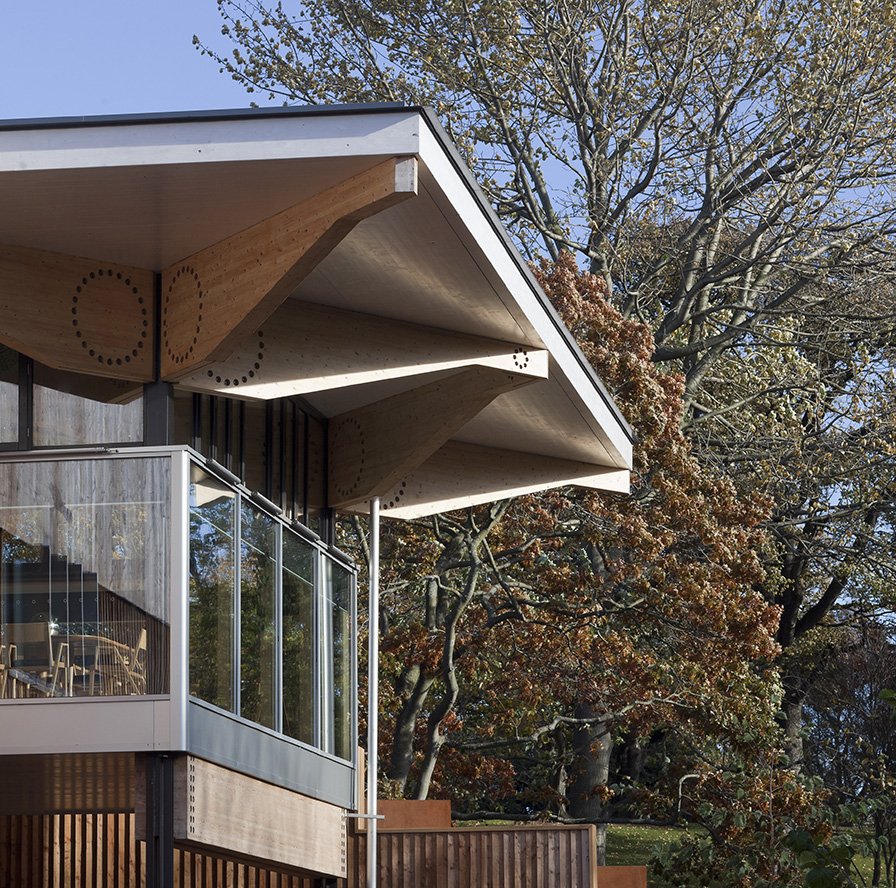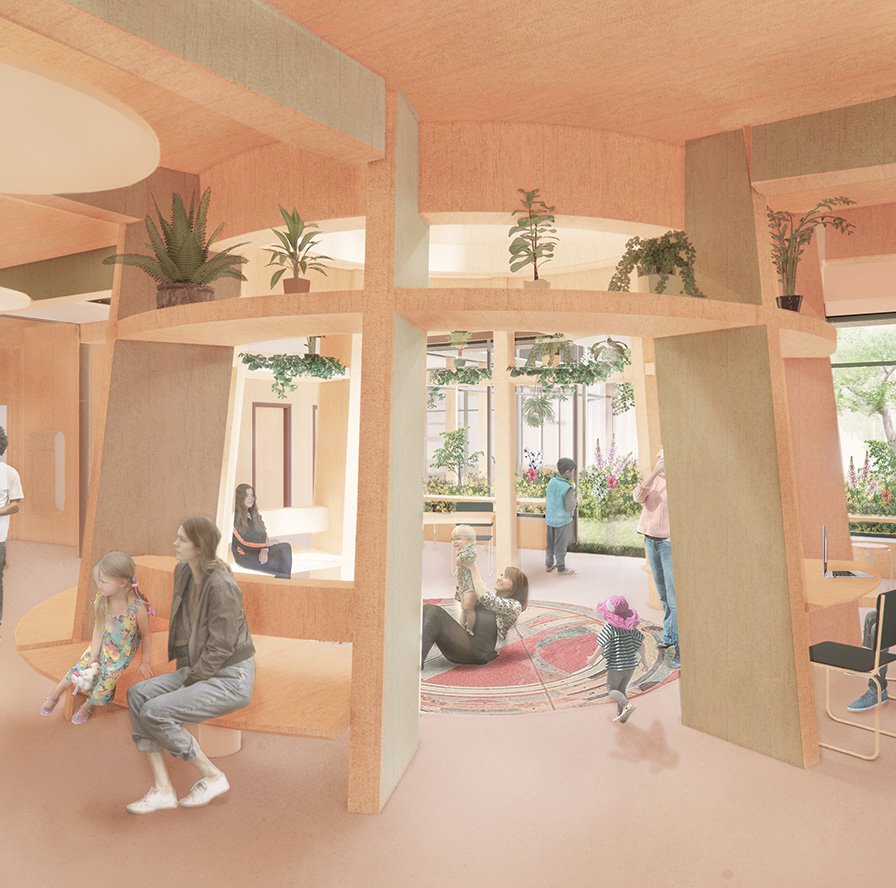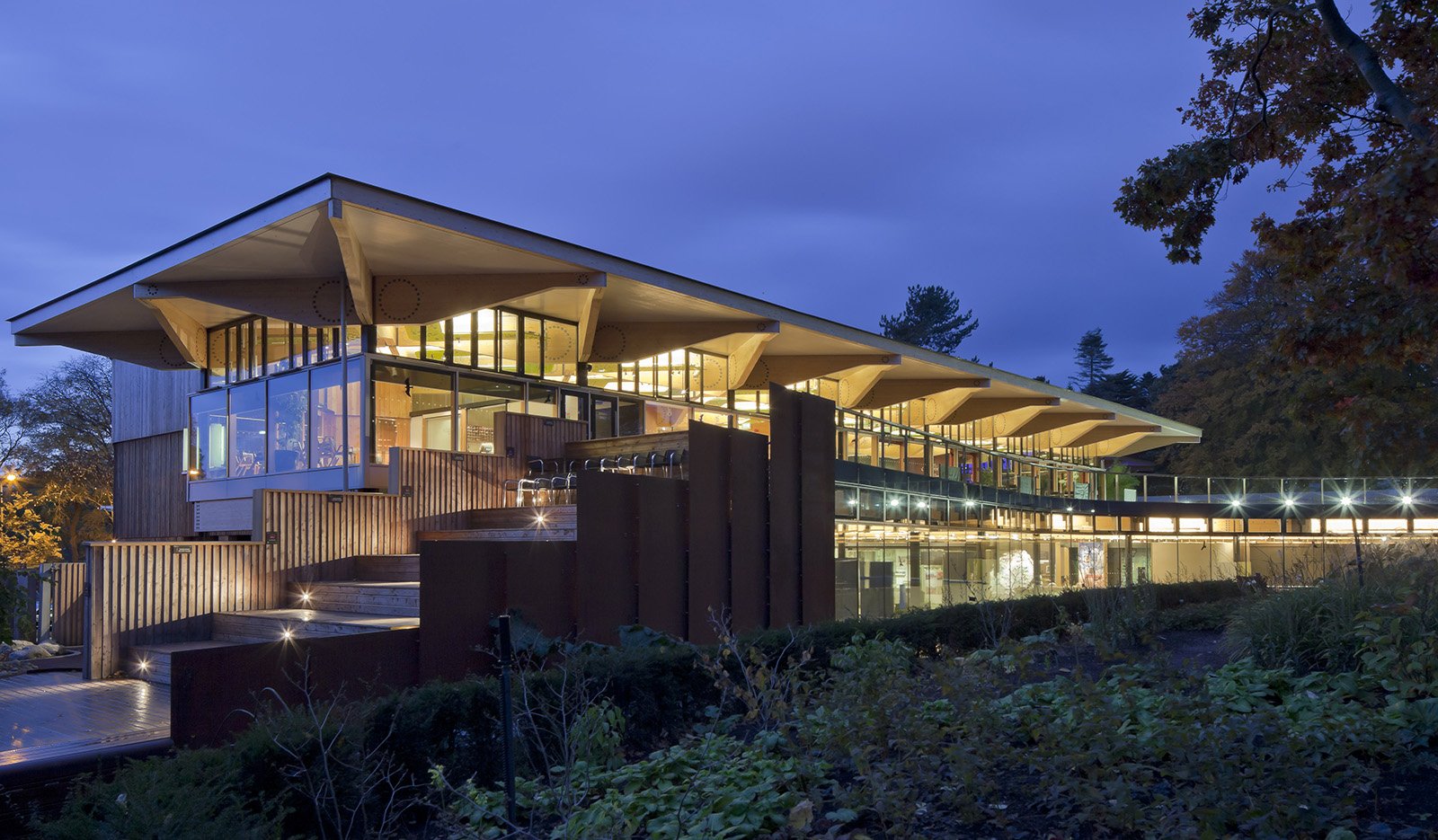Timber and the future of building: why we need to bust the four big myths
Timber is the perfect sustainable construction material as we aim for carbon net zero, but misconceptions about it endure. Here are the four most common myths that are standing in the way of a much-needed timber revolution…
The benefits of using timber in architecture are well-known and incontrovertible. Wood is versatile and aesthetically appealing. It promotes mental and physical wellbeing, since people enjoy living and working in buildings that use natural materials and feel connected to nature: studies have proven that working in a timber building improves productivity and reduces absenteeism. Timber-framed buildings are quick to erect and can be constructed in almost any season or climate. Iconic wooden structures from Greensted Church in Essex (built 998 AD) to the Hōryū-ji temple in Japan (607 AD) stand testament to timber’s extraordinary durability.
But increasing the use of timber in construction is no longer a matter of mere desirability, but of urgency. The goal of net zero carbon in buildings as a response to the climate crisis means that we will have to make much greater use of sustainable materials with low embodied carbon. In practice, that means replacing a significant quantity of concrete and steel components with timber alternatives, since timber sequesters carbon (a wooden beam stores the carbon dioxide consumed by the tree as it grew and will store it for the lifetime of the beam, perhaps in multiple buildings if it is repurposed. The tree’s replacement in a sustainable forest will consume still more CO2).
Using more timber in architecture now will have an immediate impact on the building industry’s carbon footprint but, frustratingly, enduring misconceptions are holding back the necessary progress. At Cullinan Studio we believe that the time has come to bust the four big myths about timber, so that architects and constructors can unlock the myriad benefits of the material for clients, and for the climate.
Timber myth #1: It’s an unsafe fire risk
Nervousness amongst British insurers and mortgage lenders about timber’s combustibility is a major hindrance to the commissioning of new timber structures. But this is largely based on misconceptions or oversimplifications. Timber is inherently highly fire resistant: when the external layers of a timber beam char, they protect the core from fire for long periods, meaning timber structures can be designed, and timber members sized, to survive long fire durations without the building collapsing. Indeed, timber structures can significantly outlast unprotected steel ones in fire resistance.
The UK is still well behind the curve compared to other European countries. In France, all public buildings are required to be 50% timber.
Since Grenfell, there has rightly been caution in Britain about combustible materials. But equally correctly, new regulations specifically target the facades of tall residential buildings; they do not prohibit the use of timber construction inside residential or commercial buildings. The good news is that enlightened UK insurers, lenders and fire engineers are beginning to be more positive about timber.
If we are to meet our carbon reduction targets, this growing recognition of the safety of well-designed, suitably fire-proofed timber structures needs to accelerate.
Timber myth #2: It’s too expensive
Although CLT (cross-laminated timber panels – the most commonly used engineered structural timber product in contemporary buildings), might currently be more expensive than concrete, there are wider cost savings to using timber that can mitigate that difference.
Fabricated off-site in accurate and safe conditions, construction is faster than with concrete or steel, with quieter sites and benefiting from fewer ‘just in time’ deliveries. It’s a much lighter material, saving on spoil removal and foundation costs.
And of course, timber’s low carbon nature limits the need for other, costly carbon reduction measures.
Holy Cross Primary School, Swindon
Timber myth #3: Leaking or rotting means it lacks durability
It is true that claims for timber flat roofs that leak are an issue, and timber in the building envelope can be vulnerable to water damage, rot and insect infestation. However, this is not an inherent problem of timber, but rather of poor design and execution.
With good detailing, the right form of procurement and an experienced contractor, there is no reason for timber structures to suffer problems with leaking.
Timber myth #4: It’s difficult to work with
The truth is that timber is not inherently difficult as a construction material – but it can be difficult to persuade developers to use it when the path of least resistance is to rely on concrete and steel.
Contractors and subcontractors tend to be risk-averse and prefer to work with the people they know and materials they have always used, so the familiar comfort blanket of concrete is hard to resist. However, those contractors who have worked with timber enjoy the workability, accuracy and speed that timber construction offers.
The urgency of the need for change means that architects, contractors and subcontractors alike have a duty to move out of their comfort zones and to learn to embrace timber.
John Hope Gateway, Royal Botanic Garden Edinburgh
At Cullinan Studio we have always preferred to use natural materials where we can, and timber features prominently in some of our most successful projects, including the largest timber roof in Europe.
For more information and to discuss any of the issues raised in this post, contact Alex Abbey.
See also
6 ways architects can help achieve net zero carbon in buildings
Operational Net Zero Carbon for new buildings - What it means, and four challenges for architects…
How architects can use Passivhaus principles to unlock operational net zero carbon








